Aminata Mbaye, UCAD, Senegal
The WHO defines obesity as an abnormal or excessive accumulation of body fat that may impair health. Obesity should be suspected when weight increases more rapidly than height; weight-for-height charts are the clinician’s primary tool. The WHO defines overweight as a BMI ab [....] » Read More






Title : Challenges of obesity in the geriatric population
Hassan Massoud Heshmati, Endocrinology Metabolism Consulting, LLC, Hassan Heshmati and Valerie Shaw Endocrine Research, United States
Will be Updated Soon...
Title : Atypical anorexia Is not that atypical: Eating disorders and obesity – The patient and clinician perspectives
Melinda J Watman , President & Founder of Weighty Decision, United States
The majority of people with eating disorders (ED) are of higher-weight yet EDs are minimized, underreported and often go untreated in these individuals. These individuals are half as likely to receive a clinical diagnosis of an eating disorder from a health care practitioner as t [....] » Read More
Title : Patient reported outcomes of GLP 1/GIP agonist use for lipedema: Results from a survey based study
Jesse Cochrane, Lipedema Foundation, United States
Lipedema is a chronic condition characterized by disproportionate fat accumulation, inflammation, and pain, predominantly affecting women. Traditional treatments focus on symptom management, but emerging therapies, such as GLP-1/GIP receptor agonists like semaglutide and tirzepat [....] » Read More